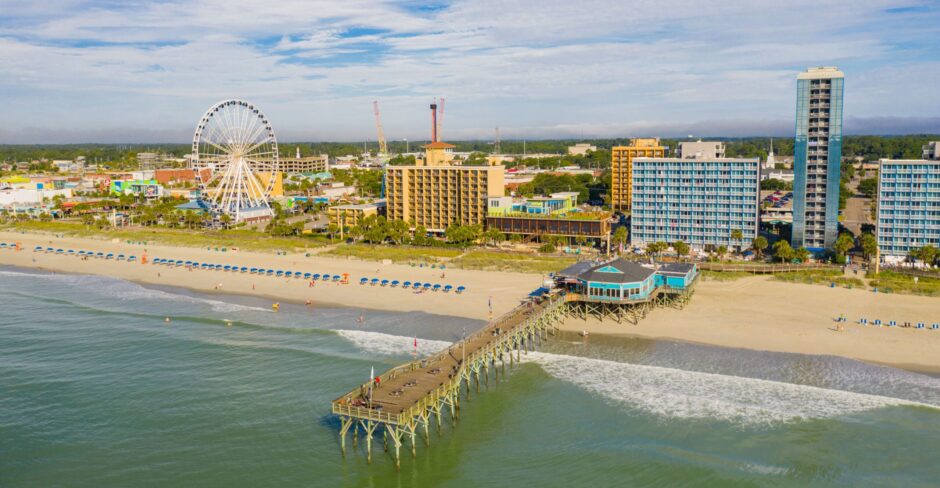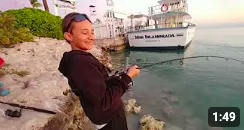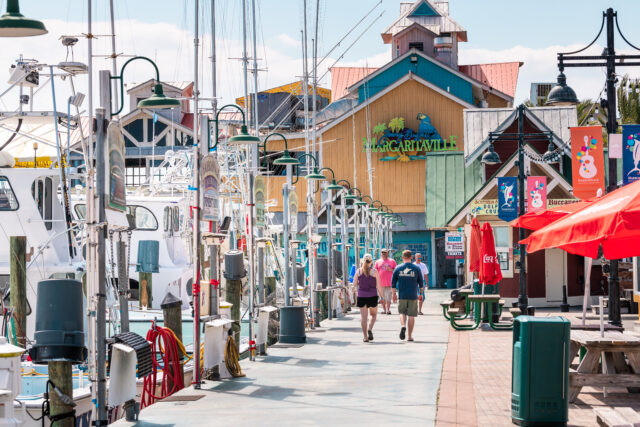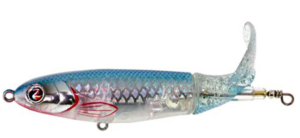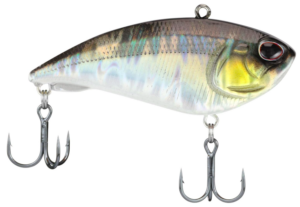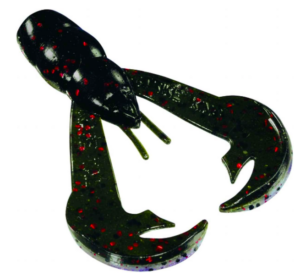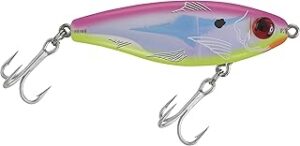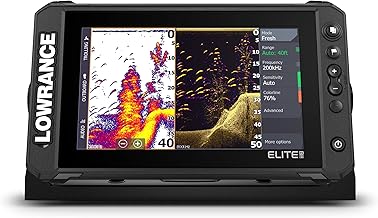Fishing Myrtle Beach, SC in the Spring
| Month | Avg. Air Temps °F (Hi/Lo) |
| March | 65° / 47° |
| April | 73° / 55° |
| May | 79° / 63° |
The spring brings warmer water and plenty of migratory species into the area. In early spring, you are going to be catching a lot more resident fish, but as the end of spring arrives, anglers can catch a lot more species such as bluefish, cobia, Spanish mackerel, tarpon, tripletail, jacks, pompano, whiting and more. In Murrells Inlet, the inshore fishing can be good for redfish, sea trout, flounder and sheepshead.
Fishing Myrtle Beach, SC in the Summer
| Month | Avg. Air Temps °F (Hi/Lo) |
| June | 85° / 70° |
| July | 88° / 74° |
| August | 87° / 73° |
In the summer, it may be hot down here, but the fishing is in full swing. Some of the migratory species will push right on through and keep heading north, so some fish species may be hit or miss, but in the summer, the mighty tarpon have arrived. Anglers find tarpon along the beaches and in the inshore areas too. Redfish, trout, flounder and jacks are common inshore in Murrells Inlet. Nearshore, anglers may find bluefish, cobia, tarpon, tripletail, Spanish mackerel and more. Offshore, anglers target grouper and snapper. The Gulf Stream is very far out from this area, but there are plenty of pelagic species moving through the currents off the coast as well.
Fishing Myrtle Beach, SC in the Fall
| Month | Avg. Air Temps °F (Hi/Lo) |
| September | 83° / 68° |
| October | 75° / 57° |
| November | 67° / 48° |
The fall is one of the best times to fish in this area since the fall mullet run will bring tons of migratory fish with them as they head through this area on their way down to southern Florida. The resident fish put the feed bag on as this bait moves into the area. It’s one of the best times of year to target big tarpon and big redfish, but you will get a shot to catch so many different species of fish as well.
Fishing Myrtle Beach, SC in the Winter
| Month | Avg. Air Temps °F (Hi/Lo) |
| December | 60° / 41° |
| January | 56° / 38° |
| February | 59° / 41° |
The winter brings tougher fishing. There are plenty of cold fronts that bring plenty of wind to go along with their cold air temperatures. Going offshore to fish the reefs and wrecks gets a little harder to do with the wind. Inshore and nearshore, you aren’t going to find the pelagic species that you found from spring through fall. However, a lot of fish will move back into the inshore waters of Murrells Inlet. On the warmer days in between cold fronts, anglers usually do well with redfish, sea trout and flounder. Some anglers do target the striped bass fishery that is available further north along the coast in the Little River Inlet.
